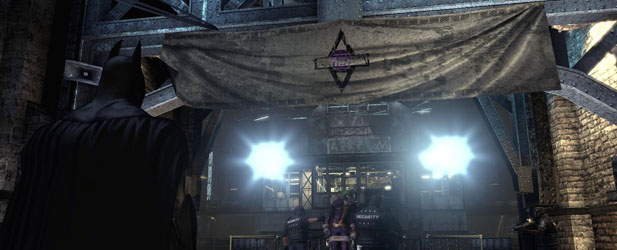Would AMD Support OpenCL PhysX?
This is only in relation to supporting PhysX using Nvidia's CUDA API, though. Would AMD's attitude to PhysX change if Nvidia was to port it over to OpenCL? After all, this a strategy that Nvidia says it's certainly considered adopting.
'Yeah, I think anything that supports our platform we will support,' says Hegde. He also reckons that Nvidia may soon have little choice in the matter, though, as many CUDA apps, including PhysX, will end up being ported to OpenCL anyway. 'I think a lot of the CUDA applications, not just PhysX, will be ported to OpenCL,' says Hegde, 'because Nvidia's not a big enough company to take an API and make a whole industry drive towards it. I think it made sense when there was no competing API, and developers were looking for something new to improve their performance, but today there is a very viable OpenCL offering from us.'
In terms of gaming physics, the OpenCL offering Hegde talks about concerns a new project using Bullet Physics, and this is a strategy that AMD appears to be taking very seriously if you look at the guys AMD's hiring to join its physics team. 'We have Erwin Coumans as part of our team,' notes Hegde, 'who used to be at Sony and he's the guy who's brought the Bullet Physics engine to the industry, which is also used in cinematic effects.
'Also, we now have Takahiro Harada at AMD - he used to be a professor in Japan and then joined Havok and he's been here for two months. As you can see, we do have a physics strategy, which is built on this core team, and we're augmenting this with additional people too.'
 Bullet was used to create physics effects in the film 2012. Let's hope its gaming physics system is more technically accurate than this idiotic film's plot
Bullet was used to create physics effects in the film 2012. Let's hope its gaming physics system is more technically accurate than this idiotic film's plotBullet Physics is capable of creating impressive rigid body physics effects, and has already been used in big-name blockbuster movies such as 2012, Hancock and The A-Team. It's also already made it into several games, including Grand Theft Auto IV, Red Dead Redemption and Toy Story 3.
Of course, PhysX and Havok are also used in plenty of games at the software level, but what's to stop GPU-accelerated Bullet Physics going the same way as GPU-accelerated Havok or, to a lesser extent, CUDA-accelerated PhysX, and only being used in a few games? According to Hegde, AMD is adopting a very different business model with its approach to GPU-accelerated Bullet Physics, after learning from Ageia's experience.

MSI MPG Velox 100R Chassis Review
October 14 2021 | 15:04










Want to comment? Please log in.